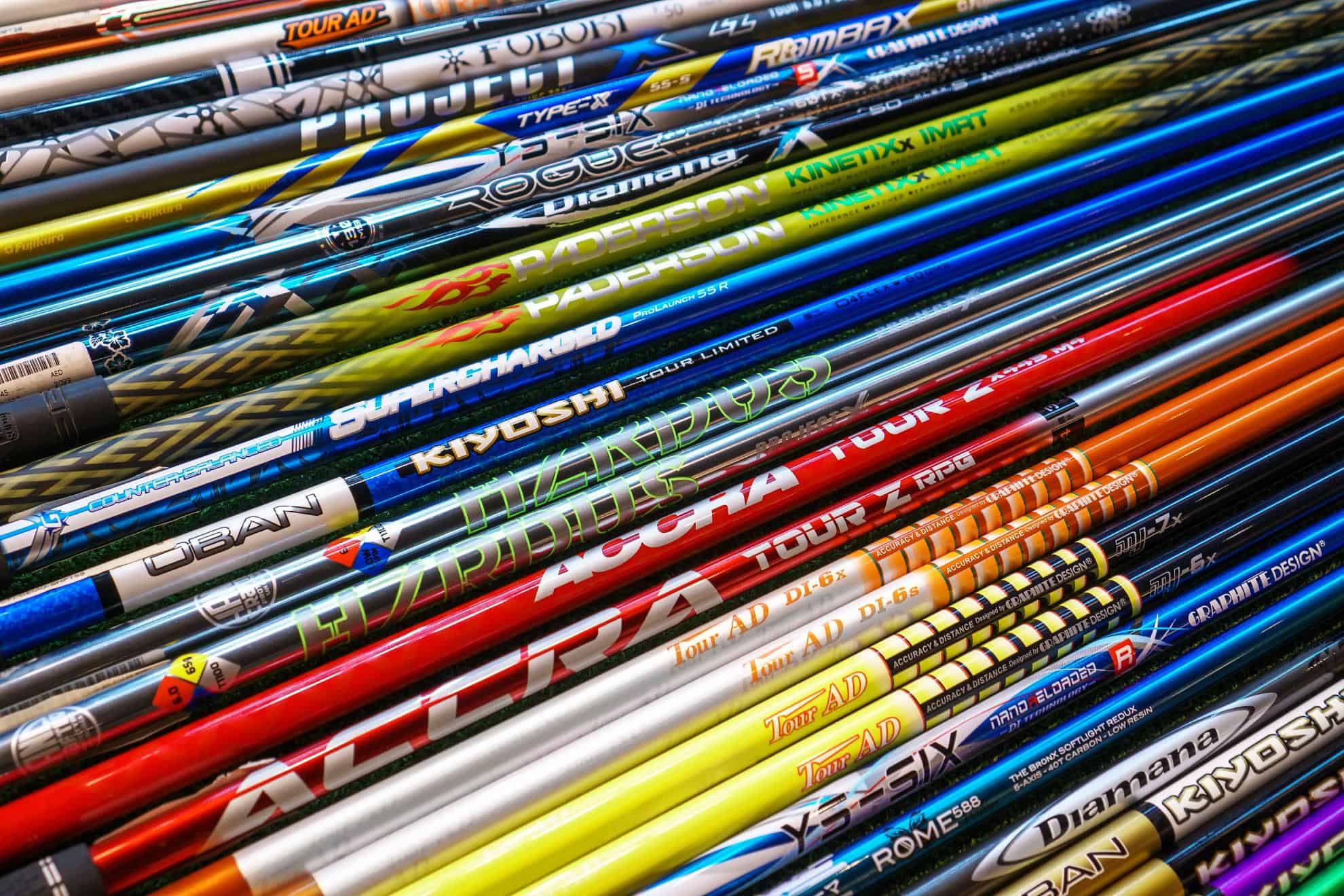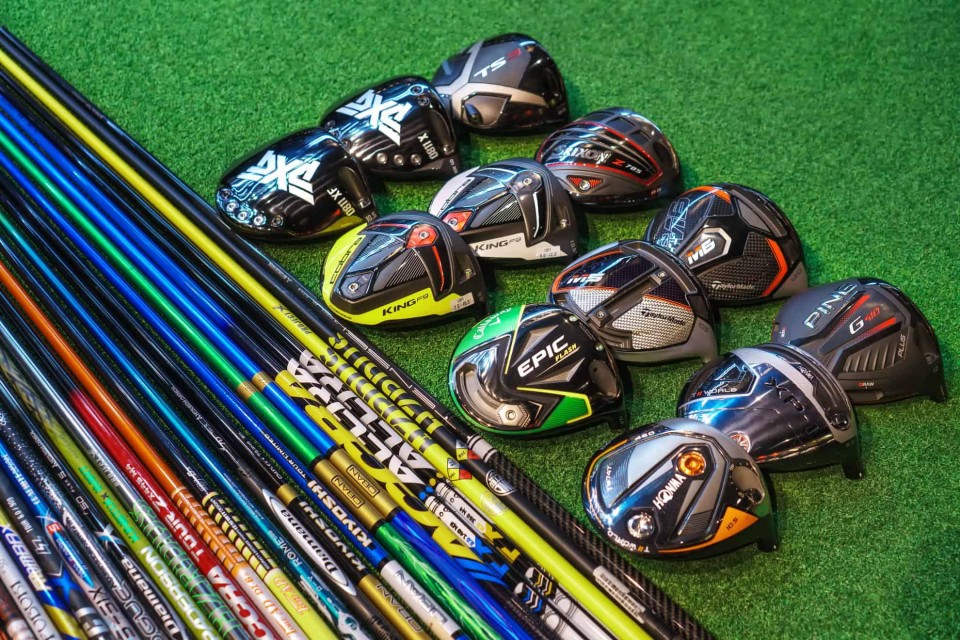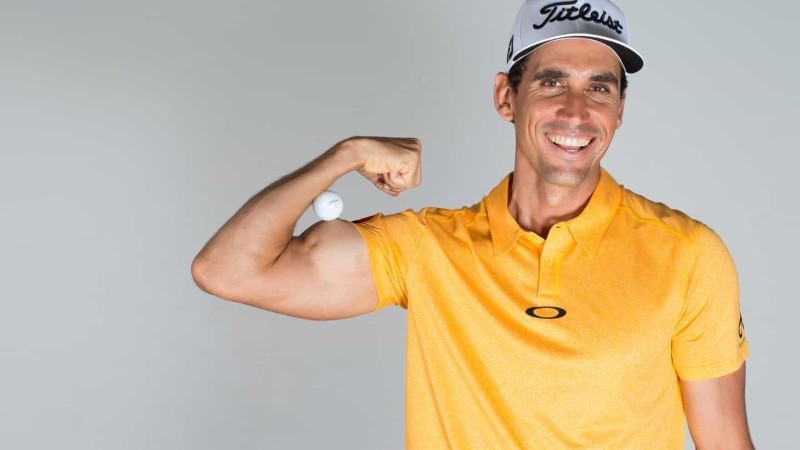This month we caught up with Perry Harper, Club Fitting Expert at eGolf Megastore’s Al Quoz flagship store, to get the latest lowdown on stock and aftermarket shafts and which one is right for your game.
SELECTING THE RIGHT SHAFT
One area of golf club fitting which is frequently under discussed is shafts. It’s not uncommon to have a well-researched customer come in with a pre-conceived fixation on a certain club-head model from a particular brand, but with very little understanding of the stock shaft in it, and the impact it may have on their game if he or she walks out with it.
It’s a known fact among top club-fitters that all manufacturers make incredibly high-performance club heads, virtually on par with each other, so it is the shaft where you must take a closer look during a club fitting session as all shafts are far from created equal. I often say, get the right shaft and club head in your hands and the ball will fly its straightest and furthest, get the wrong shaft in the right club head and the ball will fly everywhere!
Correct shaft selection increases the frequency of striking the centre of the clubface and striking the centre of the clubface more often delivers consistency on the course. To use a clothing analogy, stock shafts offered in the major drivers are the manufacturer’s closest possible attempt to a ‘one size fits all” product that is engineered to catch the widest cross section of golfers, and for the most part, they get the job done.

STOCK VS AFTERMARKET SHAFTS
What most golfers are unaware of though is that the major club manufacturers have certain price points they need to hit for the assembly of each golf club, which means in the case of a driver, after adding up the head manufacturing costs, an adjustable loft sleeve and a grip, the shaft must fit into a certain budget to enable them to hit certain margins.
Often, the stock shaft you find in the driver sold off the rack is mass-produced using the best available materials that fit into a tight budget. This can result in considerable differences in quality and performance in comparison to a tour-quality aftermarket shaft. In lower grade shafts, the strands of graphite are much thicker, heavier and weaker and use more resin, which ultimately provides less feel, consistency and energy transfer at impact than an aftermarket shaft.

BUYING RIGHT
When in the market for a new driver or fairway, it’s worth looking into the stock shaft that is being offered against the overall price of the driver. You shouldn’t always dismiss a product because of its initial price point. The PXG brand is good example here. Their drivers are the most expensive, but they are typically paired with premium aftermarket shafts as their stock shaft option, where the other major manufacturers rarely do. A PXG driver on the shelf may retail at $150 (AED550) or more than the other manufacturers, but they include the real deal Mitsubishi Tensei Pro which is used by the likes of Rory and Tiger and is a $400 (AED1500) shaft sold separately.
TaylorMade, Titleist and Callaway have recently started to do this also, but only with some shafts in their stock offering. If they offer eight stock shaft offerings in their fitting matrix, they may blend one tour-quality aftermarket shaft in with seven other options to have at least one premium offering in their shaft matrix. You can find it if you look closely, but simply because it is there and represents the best value for money, it doesn’t necessarily mean that shaft is fit for you.
DO YOU NEED AN AFTERMARKET SHAFT?
In most cases you do not. It is very often the case during a fitting session that we find a stock shaft that delivers a consistent ball-striking outcome. That said, spend enough time with an experienced club fitter and test a variety of different aftermarket shafts in his arsenal and he will always find a better preforming one. The question is how much greater is the performance and does it justify an additional cost?
If the gain is marginal, say a tighter dispersion pattern and 2-3 yards longer then probably not. If testing identifies a shaft which is demonstrably straighter and 10 yards longer, the decision to go with the more expensive shaft is an easier one. Sometimes the stock shaft offerings will deliver the best result, it all comes down to the moment of fitting. Just don’t walk in to a club fitting with a mindset that a certain club head model is the one for you without giving thought to the shaft paired with it.
All shafts available at EGOLF MEGASTORE
‘Six stores in the UAE’
www.egolfmegastore.ae


















